When were lighters invented?: The full history of lighters
Have you ever wondered how the conception of the first lighter came to be? Was it intentional, or was it accidental? These are the questions on many people's minds regarding the invention of products like lighters. Though different variations have emerged over time, the primary concept remains. Who created the first one? And when were lighters invented generally?
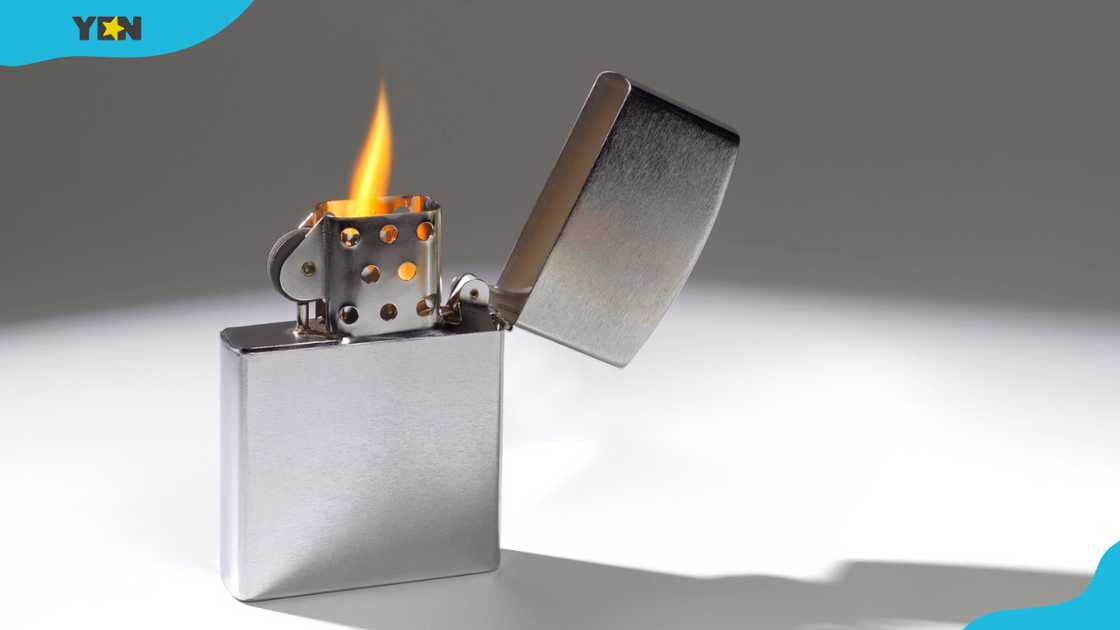
Source: Getty Images
What is a lighter? It is a portable tool that generates a controlled flame and is primarily used to ignite various flammable items. Some common uses include igniting cigarettes, butane gas, fireworks, candles, and campfires.
When were lighters invented?
According to history, the first ones existed around the end of the 15th century and the beginning of the 16th century. They were mechanical and worked using gunpowder, igniting like firearms. They were first made in Germany and later in England in the 17th century.
History of lighters
Lighters have transformed daily life, symbolising creativity and convenience. But where did it originate from, and when was it first used? Here is a breakdown of its history.
Wheel-lock lighter (1400s/1500s)
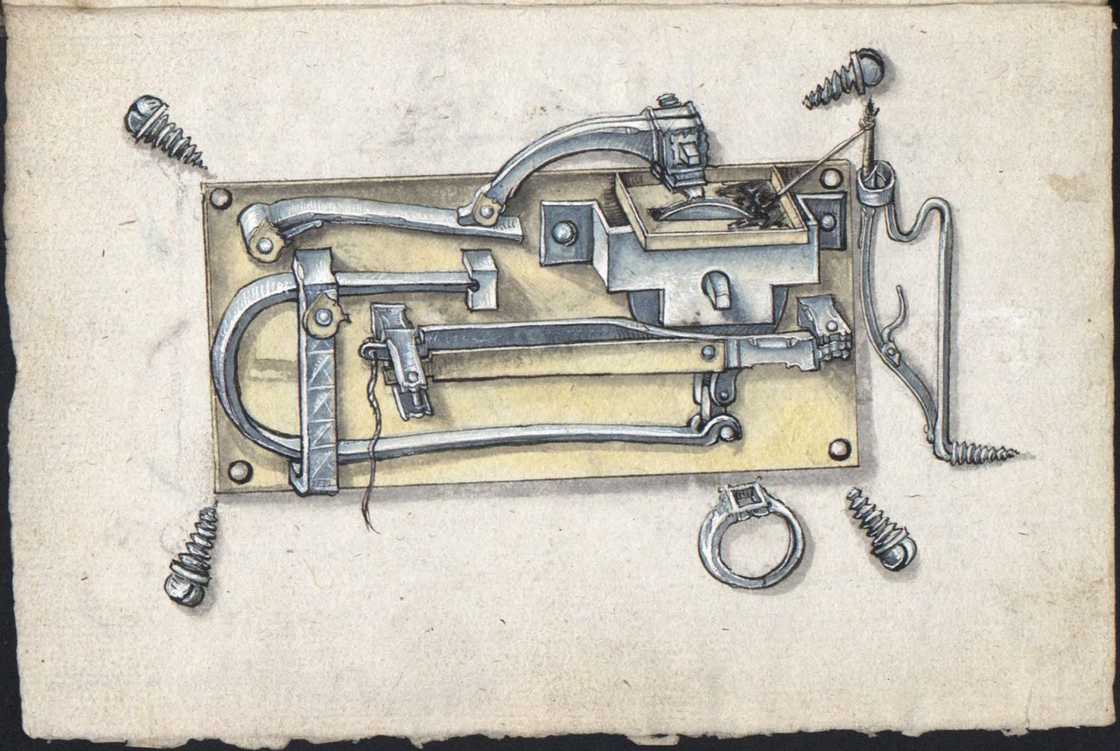
Source: UGC
The wheel-lock system originated in the late 15th century in Nuremberg, where it became popular in handguns. The method gained popularity compared to the standard matchlock guns. In this system, fire-making by striking or friction was not manual but through a mechanism.
Flintlock lighters (1700s)
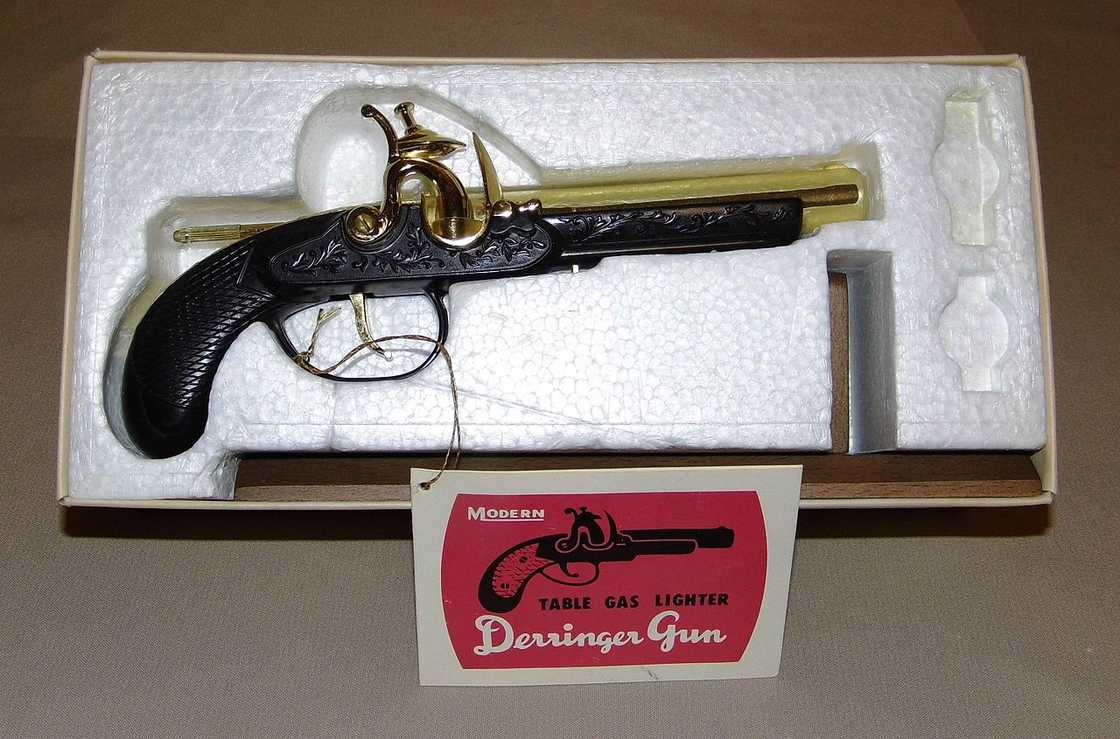
Source: UGC
According to Lang Antiques, the flintlock pistol's mechanism was used to create this lighter. This early version was mechanical, used gunpowder, and ignited like firearms. They were very noisy, produced a lot of smoke, and were dangerous to life.
The Furstenberger lighter (1780)
According to the History of Matches, the Furstenberger was created in Basel in 1780 by a scientist called e Fürstenberger. This design worked by igniting hydrogen gas with an electrostatically generated spark.
The Döbereiner’s lamp (1823)
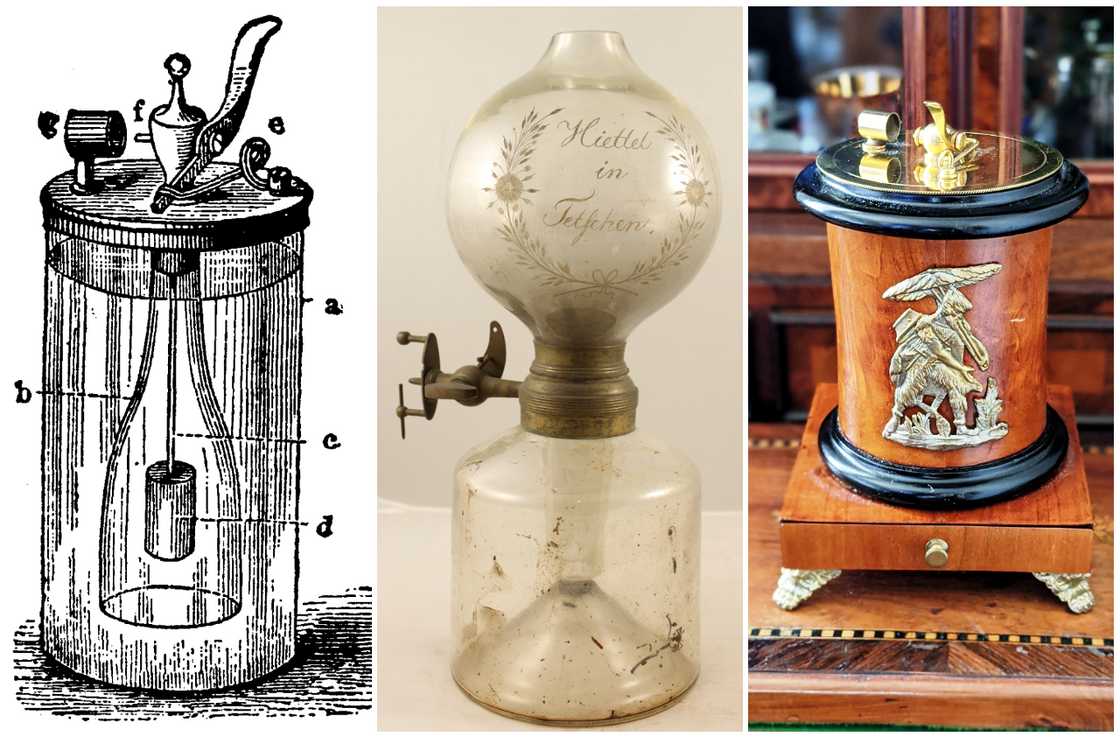
Source: UGC
The Döbereiner's lamp also called the tinderbox, was invented in 1816 or 1823 by German chemist and professor Johann Wolfgang Dobereiner. The Döbereiner's light is based on the Fürstenberger version and was commercialised for igniting fires and pipes.
According to Nevada Inventors, the Döbereiner's lamp worked by passing flammable hydrogen gas, produced by a chemical reaction, over a platinum metal catalyst or a platinum sponge. The chemical reaction involved zinc metal reacting with sulfuric acid to create hydrogen gas.
The Döbereiner's lamp design involved a glass cylinder with dilute sulfuric acid and an open bottle within the cylinder containing zinc. The components included:
- Glass cylinder
- Open bottle
- Wire
- Zinc
- Stopcock
- Nozzle
- Platinum sponge
Ronson Wonderliter (1913)
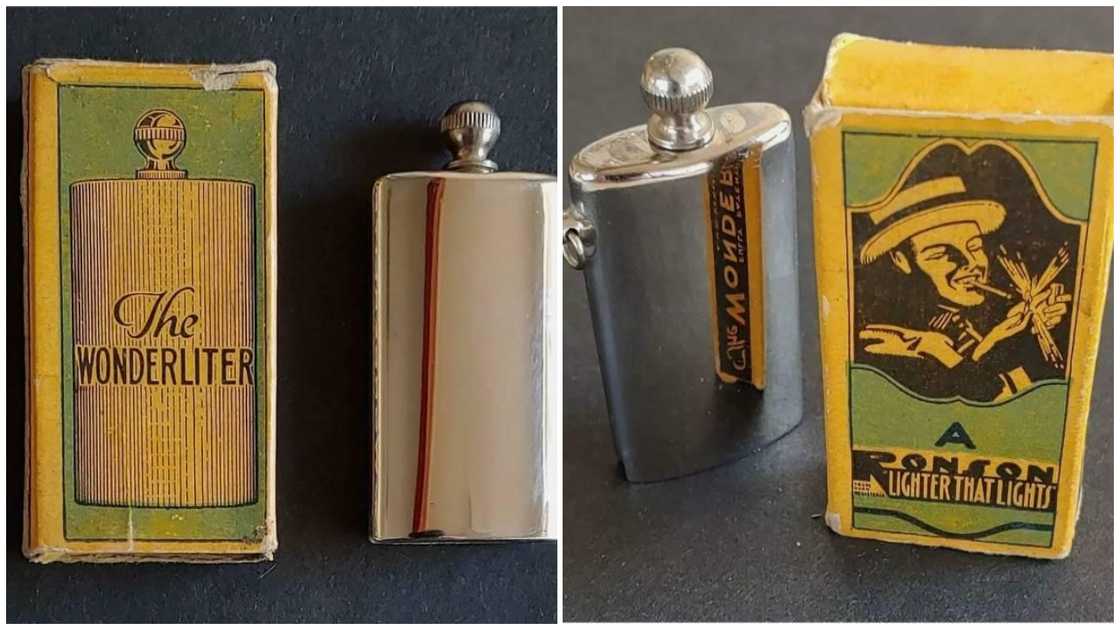
Source: UGC
In 1913, Louis Aronson, the founder of Ronson, then known as Art Metal Works, applied for a patent for the Wonderliter. The Wonderliter was a pocket cigarette igniter containing a metal wand with an asbestos filament on the end and a flint on its bottom.
The IMCO trench lighter (1920)
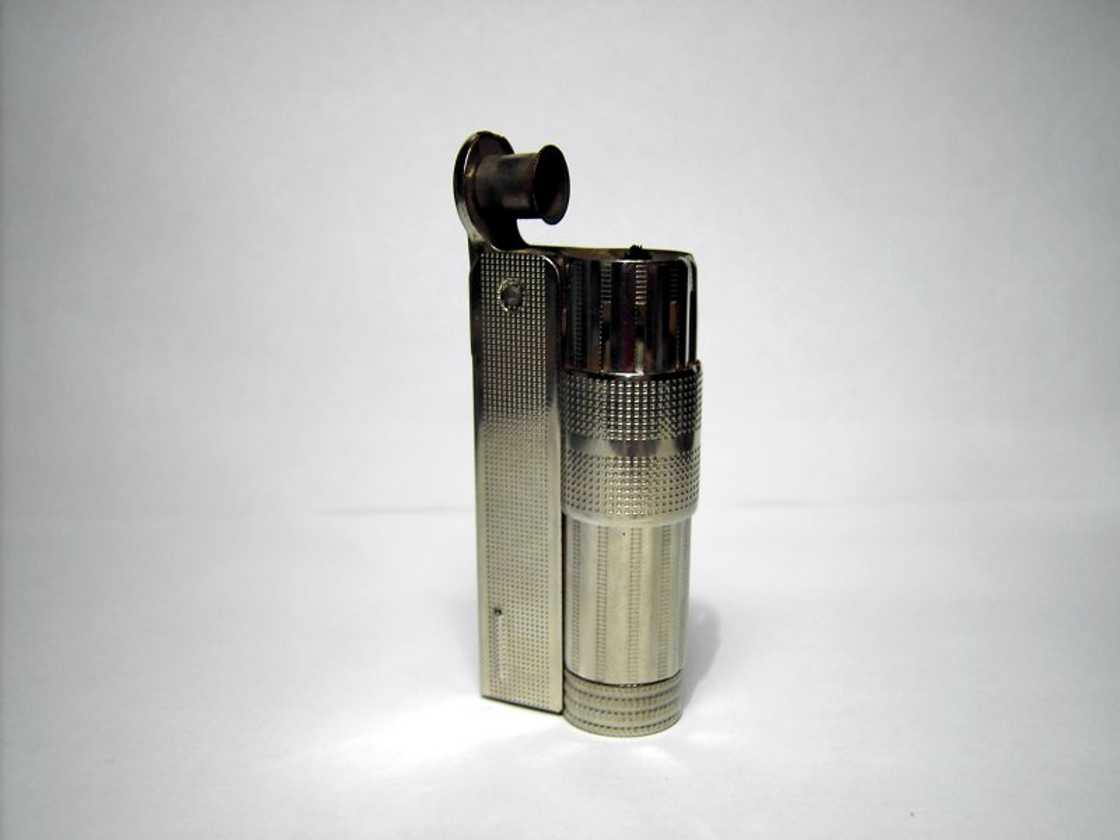
Source: UGC
Through his company IMCO, Austrian Julius Meister created the IMCO lighters in 1920 after World War 1 ended in 1918. The company initially produced buttons for military use but ventured into the cigarette lighter business after the war ended.
Zippo lighter (1932)
George Grant Blaisdell invented the Zippo lighter in 1932 after watching a friend struggle to use a cumbersome, Austrian-made version. He noted that the device worked well, even in the wind, due to the unique chimney, but the appearance and design weren't practical. As a result, he created his version by modifying the Austrian-made one.
How was the first lighter invented?
The first lighters were made from mechanical fireguns. They produced fire mechanically, through striking or friction.
Matches vs lighter invention
Was the lighter invented before matches? Yes, it was. Cigarette igniters existed in the 16th century, with the modern versions tracing their roots to the early 1800s.
According to History of Matches, the friction match traces its roots to 1826. In 1826, English chemist John Walker discovered the first friction match after mixing sulfur and other materials on a wooden stick and rugged paper coated with phosphorus.
How were lighters invented before matches?
Cigarette igniters were invented before matches because of the early invention of gunpowder. Gunpowder could easily ignite from mechanical friction, hence its use in firearms in the 15th century.
Furthermore, there were easier ways of making fire than igniting a stick. Before the invention of friction matches, people used sticks soaked with a flammable chemical for easy ignition with kindling. This design resulted in easy ignition when exposed to sparks or fire.
When were pocket lighters invented?
They were invented in the late 1940s. Frenchman Henry Pingeot created the first pocket cigarette igniter, the Crillon, in 1948. The Crillon allowed for a portable and convenient flame creation as previous cigarette igniters were large and less practical for everyday use.
When were lighters invented in America?
Louis Aronson, inventor and founder of The Art Metal Works, created the first American version, the Wonderliter, in 1913 in Somerset, New Jersey, USA.
What did the first lighter look like?
The first cigarette igniters resembled small handguns since they were conversions of the mechanical pistol. On the other hand, the first modern igniter, the Döbereiner's lamp, was a larger device with two chambers.
Is a lighter a modern invention?
No, it isn't. Lighters date back to the 15th and 16th centuries when they were mechanical and made from converted flintlock pistols. Modern versions came after the development of ferrocerium, a synthetic pyrophoric alloy with easy flammability, by Austrian scientist and inventor Carl Auer von Welsbach in 1903.
When were lighters invented? They were first documented in the 15th and 16th century. However, the modern variation traces its beginnings to 1816 or 1823. The 1800s variant, known as the Döbereiner's lamp, functioned by passing flammable gas over a catalyst, which would generate a flame.
Yen.com.gh published about the invention of schools. From the early caveman and his cave paintings to the modern concept of online classes, learning has been an essential human initiative throughout history.
In pursuing knowledge, humans created the concept of school to formalise learning. As a result, throughout history, this concept has evolved into an institutionalised system all nations worldwide adopted. But when did the idea begin?
Source: YEN.com.gh






